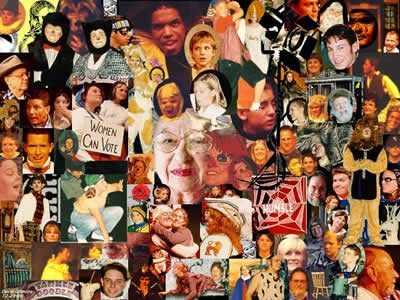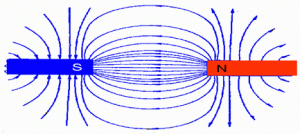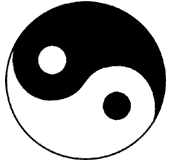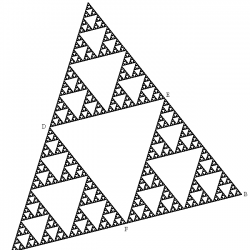The word collage is a term that comes from the French language and that has transferred one of its references to the Spanish language, becoming a certainly popular term to designate a plastic art technique. We must emphasize that it was transferred to Spanish and with use it lost one of its letters L with which it is written in the French language.
Pictorial technique that is based on pasting fragments of various materials with the mission of communicating a message
 So, in the Spanish language, the term collage refers to the pictorial technique that is based on pasting, either on a canvas or a table, fragments of various materials, which of course will have the purpose of communicating an artistic message.
So, in the Spanish language, the term collage refers to the pictorial technique that is based on pasting, either on a canvas or a table, fragments of various materials, which of course will have the purpose of communicating an artistic message.
For example, a collage can be made up of several photographs of a person, from childhood to adulthood, in the case of an adult. Also, the collage can be made up of several newspaper clippings, from a magazine or newspaper, stamps, everyday objects or any other type of element, since there are no limits in this sense, as long as they can be pasted over A surface like the ones mentioned above, although of course, there may be other variants, the foam paper is one of them and it has been used a lot in recent years to carry out this type of practice, you can also use common papers, cardboard and cartons.
Origin of the collage
Regarding its origin, it is located at the beginning of the last century, in the year 1912 to be more precise, although with regard to its inventor there are still doubts today whether it was in fact Pablo Picasso or Georges Braque, the other of the greatest exponents of Cubism along with Picasso and Juan Gris.
It was born associated with the plastic arts but later spread to other areas such as cinema, video clips, literature and school
Meanwhile, the avant-garde plastic currents that dominated the scene during the first part of the 20th century, such is the case of Surrealism, Cubism, Futurism and Dadaism, among others, have made great use of collage and of course they were key at the time its installation and its artistic appreciation.
Although the technique was born linked to painting, over time, its practice spread to other areas, such is the case of cinema, music, literature, video clips, among others.
Regarding this transfer of the technique to other artistic fields, we cannot ignore that the practice also ended up in popular use and that is how it is used at home and education, to entertain and also to encourage children in development. of artistic inclinations.
It is usual that in school, teachers of the subject of drawing or plastic arts teach children to master and carry out this technique. Children are very interested in it because it is intimately linked to play and that action of cutting and pasting various elements, which a priori would not have a relationship but which end up generating a unified image, is very entertaining for them.
Meanwhile, to the composition that arises from the use of the aforementioned technique is also called by the same term, collage.
The other side: the décollage
And as has happened repeatedly throughout history with the movements or currents that marked a trend or an era, a reverse side always appears, in this case it has been Décollage, an art that was born precisely to oppose Collage and that consists in creating an image, cutting, removing, parts of an original image, one of the most common examples is shaping the face of a person with parts of the face of different people.









